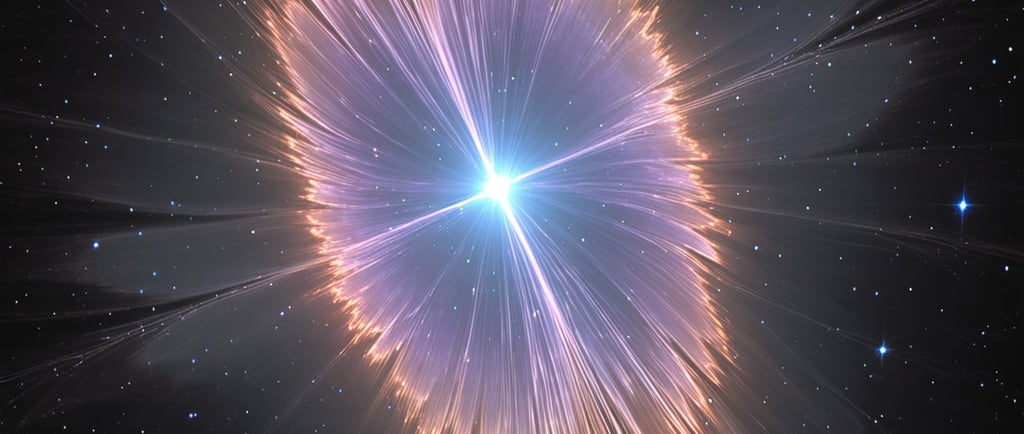The Egg Nebula in Cygnus


The Egg Nebula
The Egg Nebula, a stunning pre-planetary nebula located in the constellation of Cygnus, presents an intriguing subject of study for astronomers and astrophysics enthusiasts alike. This rapidly evolving nebula spans approximately one light year in diameter and features a complex structure characterized by thick dust clouds and shells of stellar material. These features play a crucial role in our understanding of stellar evolution and the processes that lead to the formation of planetary systems.
The Central Star and Its Environment
At the heart of the Egg Nebula lies a central star that is obscured by dense dust clouds. These dust particles impede direct observation but create an environment rich in fascinating dynamics. The dust shells surrounding the central star are crucial, as they reflect light, enhancing the visibility of the nebula. The intricate dance of light and dust in the Egg Nebula demonstrates how dust grains can interact with light, producing unique polarization effects that scientists study to infer the properties of the central star.
Understanding Polarization in the Egg Nebula
Polarization, a phenomenon arising from the preferential reflection of light, is a significant aspect of the Egg Nebula's study. Light emitted from the central star interacts with the dust grains, leading to vibrations that define distinct planes of light. As the observer moves or changes vantage points, these planes reflect light in varying degrees, resulting in the observable effects of polarization. This property not only helps astronomers to characterize the nebula but also offers insights into the physical conditions and composition of the environment surrounding the central star.
In summary, the Egg Nebula serves as a powerful example of the complexities found within pre-planetary nebulae. Its unique configuration and the interplay between light and dust provide a captivating glimpse into the past, present, and future of starlike objects. The ongoing research surrounding this nebula not only enhances our understanding of stellar phenomena but also contributes to broader astrophysical theories regarding the life cycles of stars and the formation of planetary systems.
